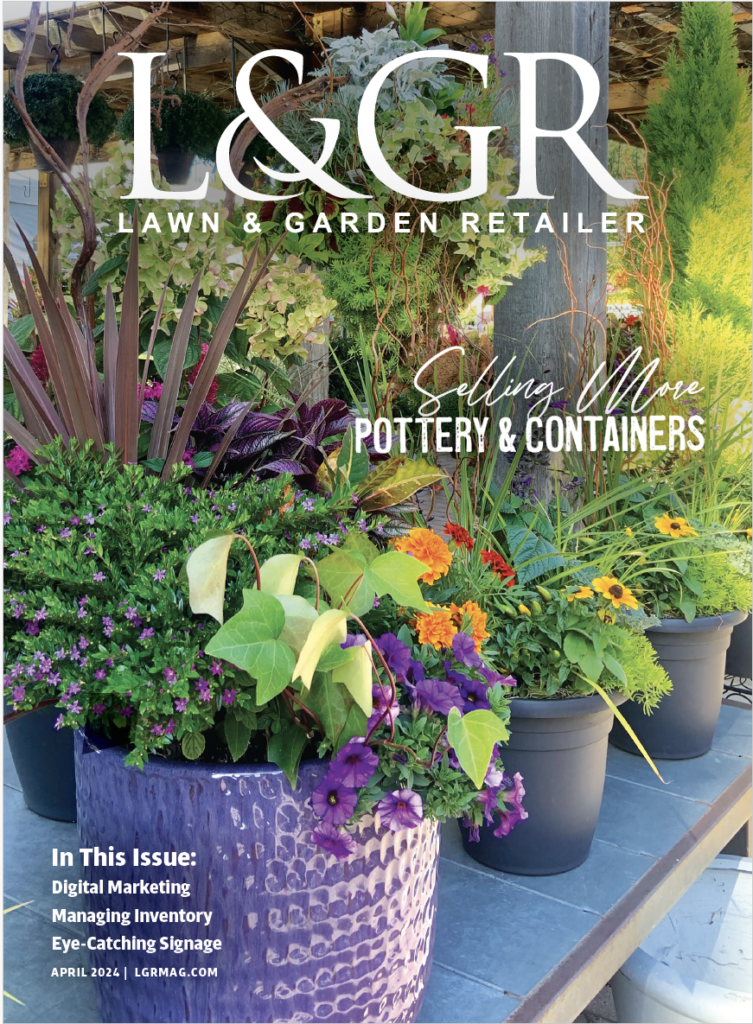Be a Social Media Butterfly
What is social media? Who uses it? And how can it help my business? These questions are being asked by virtually every lawn and garden retailer with an online presence.
At the core of social media are the concepts of conversation, collaboration and community. Social media is about consumers demanding more than a one-way experience. They want to speak to their brands, products, retailers, content and one another. Social media makes that all possible. In the past, communication was a one-way street where companies spoke to consumers via marketing and advertising, but consumers never had a chance to respond.
Today, however, customers and merchants are engaged in an active, multichannel, ongoing conversation, and consumers are increasingly relying on this dialogue to make informed purchasing decisions. For example, shoppers are expressing their opinions and sharing their experiences through words, photos, videos and commentary.
Forward-thinking retailers are embracing this content as a way to build meaningful interactions with their customers and create long-lasting value. It provides consumers with the opportunity to form their own communities and conversations around the brands and products they’re passionate about. It doesn’t take much to get customers to reach out and share their experiences of things they buy and use. It just takes the right tools.
But what exactly are these tools, and how do they work? In particular, social media capabilities such as blogs (see the story in Lawn & Garden Retailer’s February issue), photo galleries, forums, ratings and reviews are enabling these conversations. By adding social media capabilities to their sites, retailers have a unique opportunity to connect with customers and transform their web properties into online lawn and garden destinations with vibrant communities.
Ratings and Reviews
Consumers no longer rely on advertisements and salespeople to help them make purchasing decisions they rely on other shoppers and friends.
Ratings and reviews help consumers find the best products for their needs, resulting in reduced product returns and in some cases providing useful information for inventory buying/planning. Consumer recommendations are the most credible form of advertising among 78 percent of Internet users, according to a Nielsen survey. That number is even higher for certain subsets of the population. For instance, 91 percent of moms prefer brands that other moms have recommended, according to a Marketing VOX study. By incorporating product ratings and reviews on their websites, lawn and garden retailers can foster a dynamic sense of community and make customers feel more attached to their brand. What’s more, 35 percent of online consumers say they’re most likely to return to an e-commerce site if it offers customer product recommendations, according to a Guidance/Synovate study.
Online Forums
Increasingly, retailers want to create a destination where consumers can come to meet others with the same interests and passions. This ability to bring people together is at the heart of online forums, which are read by 28 percent of consumers on at least a monthly basis, according to Forrester Research. Online forums aren’t just a place for consumers to sound off. They provide valuable customer feedback, help build loyalty, generate additional traffic and improve search results. Additional benefits of online forums include customer support and problem solving that’s indexed and searchable by other customers.
Photos and Videos
Rich social media such as videos and photos have become some of the best ways to engage and inspire online consumers. Retail sites are even fostering deep-rooted community engagement by allowing shoppers to share their own rich media, and some host monthly photo contests, which help to drive participation and interaction. With photos, retail sites benefit from increased user interactivity while building a lively community of passionate consumers.
Some retailers are also encouraging enthusiasts to upload “how-to” videos on their sites. These highly creative videos provide a means for users to express and engage themselves within the context of a brand. Videos can be an invaluable tool for describing the ins and outs of complicated products and letting shoppers see their favorite products in action.
Making Shopping Fun Again
Humans are social by nature, and shopping is an inherently social activity. Why, for instance, do people go to the mall? To buy things, of course, but also to walk around, meet friends, people watch and interact.
By contrast, shopping on the Internet of late has been a lonely and solitary experience, which may explain why the average e- commerce site has a paltry three-percent conversion rate, according to Shop.org, a division of the National Retail Federation. That means 97 percent of people who go to an online retailer in search of a product never buy what they’re looking for.
Social media is changing all that. It allows retailers to engage consumers, drive traffic and build customer loyalty like never before. Indeed, consumers say they are most likely to return to a site if it makes them feel part of a community with other shoppers. Social media helps the online shopping experience more closely mirror and augment engaging in-store experiences. And it also gives consumers a reason to go online even after browsing the print catalog. When online, brick-and-mortar and catalog components all work together, customers experience a richer, more engaging environment.
Savvy merchants understand that it’s vital to turn their website into a destination where people can not only shop but also socialize and exchange information about the products they care about. With social media, online shopping is no longer a solo endeavor. Instead, it’s a compelling experience that invites customers to play an active role, making shopping fun and communal again.
So what’s in it for you? Inviting customers to take part and engage with a broader community not only provides a better, more fulfilling experience, it also fosters long-term trust and loyalty in your brand. And, ultimately, that’s what keeps customers coming back.
SIDEBAR
Think Again!
Are you still antisocial media because you think your aging customer base is living in the past? Think again: A report by Forrester Research recently revealed that more than 60 percent of Baby Boomers actively consume content such as blogs, videos, podcasts and forums. And the numbers keep going up, according to a story on readwriteweb.com.
Social networks are also growing in popularity, especially with boomers on the younger side ages 43 to 52. Almost one in four of them are active in social networks, up from 15 percent in 2007.
Case Study: Making Social Media a Snap
Social media technologies are potential game changers, giving retailers and manufacturers the ability to integrate community directly into the online experience. But how do you go about implementing these tools and ensuring their effectiveness?
Using social media tools, such as those provided by Pluck, is one possible tactic. Pluck has a great deal of experience providing social media capabilities to retailers. Pluck’s SiteLife platform puts the power of social media in the hands of virtually any site. The software includes a suite of social media modules that allow retailers to incorporate features like reviews, ratings, blogs, forums and video galleries, enabling retailers to add numerous social media tools to their own websites and control them themselves. The end result is a community-based engaging retail experience.
Social Media in Action at Scotts Miracle-Gro
Lawn and garden brands, like the Scotts Miracle-Gro Company, are turning to social media to elevate and expand its online consumer experience. Scotts, the world’s largest marketer of branded consumer lawn and garden products with $2.9 billion in global sales, added social media aspects to its website, scotts.com, in 2008 with the SiteLife suite.
Scotts recognized that the gardening and lawn care market is an information-intensive category fueled by passionate consumers who are eager to learn more as well as share their knowledge with others in a like-minded community.
Additionally, the site allows consumers to congregate in distinct groups within the larger gardening community, including urban dwellers, pet owners and first-time homeowners. These mircocommunities are tailored to individual users, from battle-tested lawn warriors to first-time gardeners.
Scotts is the first in the lawn and gardening industry to create such a robust social media website. Within days of rolling out the social media features, thousands of visitors registered to create blogs, upload photos, connect with other enthusiasts, and share their stories and pictures. Scotts also developed a special section called the “Gurus Next Door,” which gives consumers direct access to gardening experts.
Since incorporating Pluck social media tools, Scotts has attracted a significant number of new customers and has bolstered its brand loyalty. Scotts.com has enjoyed overall web traffic growth of 18 percent year-over-year and an increase in search results on Google and Yahoo. The site has also hosted more than 246,000 social interactions between consumers, and social media is now the centerpiece of Scotts’ online strategy.
Beyond Your Site
If buying into a social media “suite” seems like a big plunge after 2008’s economic strife, try just dipping your feet into the social media pool to start. There are some great websites out there that will get the word out about your business and others that might already be talking about you without you knowing it!
From you to your customers…
Facebook: Originally just for college students, it seems everyone now has a profile on facebook.com. Create yours for free whether you make a personal page or create a group for your store then let customers know you’re on, and start building your network! You can use Facebook to notify “friends” about store news, events and special sales.
The sky is the limit!
Twitter: This “microblog” is all the rage, with millions of users recounting their lives, 140 characters at a time. Provide links to pertinent news stories, send out quick blasts about events… maybe even offer the weekend’s weather forecast for shoppers! Customers who “follow” you can elect to receive your “Tweets” through twitter.com or as text messages on their cell phones and a simple reply method makes it easy to start a “conversation.”
Out in the ether…
Angie’s List: This site, much like Yelp, offers user-generated reviews, with one difference: Angie’s List features paid membership to enhance credibility. Angieslist.com offers customer “grades” on a A to F scale, and service providers can respond to reports, “so you get both sides of the story,” says founder Angie Hicks.
Yelp: Word of mouth can be great free advertising, and yelp.com’s tagline is “Real People. Real Reviews.” Millions of users visit every month for reviews on everything from restaurants and dry cleaners to landscaping services; who knows if your customers are visiting? Anyone can write a review, meaning it’s just as easy for a disgruntled customer to give you a one-star pan as it is for a favorite customer to write a glowing five-star review.
Review sites like Angie’s List and Yelp are all the better reason to go above and beyond; let customers know they can review you and encourage them to do so!





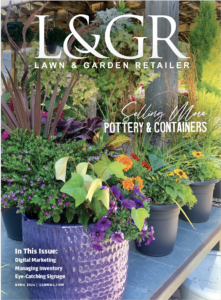
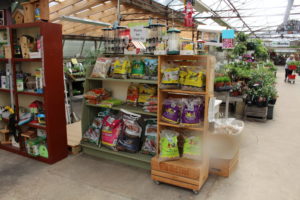





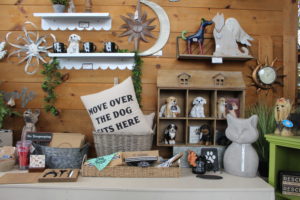

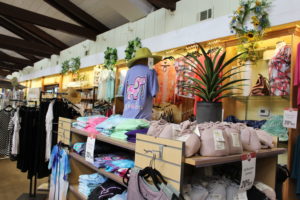



 Videos
Videos




